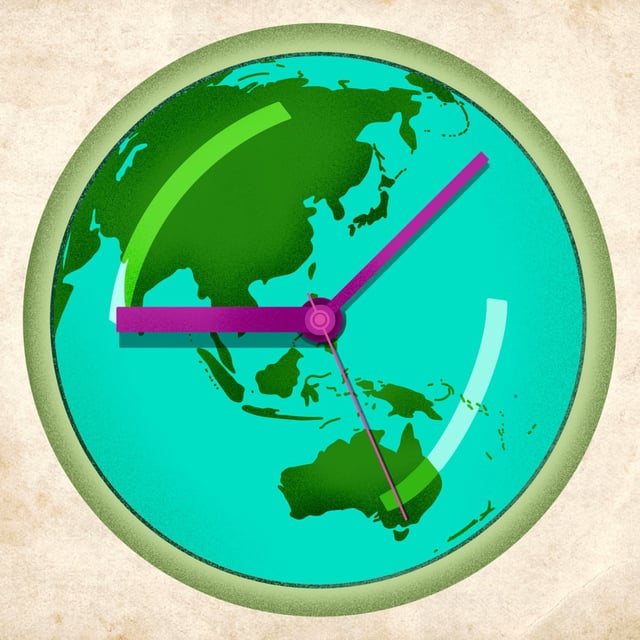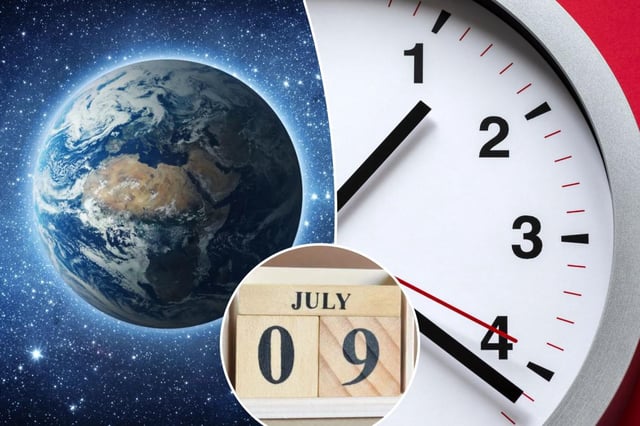Overview
- Models by the International Earth Rotation and Reference Systems Service and the U.S. Naval Observatory forecast that July 9 will be 1.30 milliseconds shorter than the standard 86,400-second day
- Further predictions project days will be 1.38 milliseconds shorter on July 22 and 1.50 milliseconds shorter on August 5
- No positive leap second has been added since 2016 and IERS confirmed none was required in June 2025, reflecting the unexpected reversal of Earth’s long-term slowdown
- Researchers remain without a clear cause for the acceleration and are examining factors from core dynamics and atmospheric changes to seismic mass shifts
- If the rotation continues to speed up, timekeepers may introduce a negative leap second by 2029, an adjustment never before applied to Coordinated Universal Time



